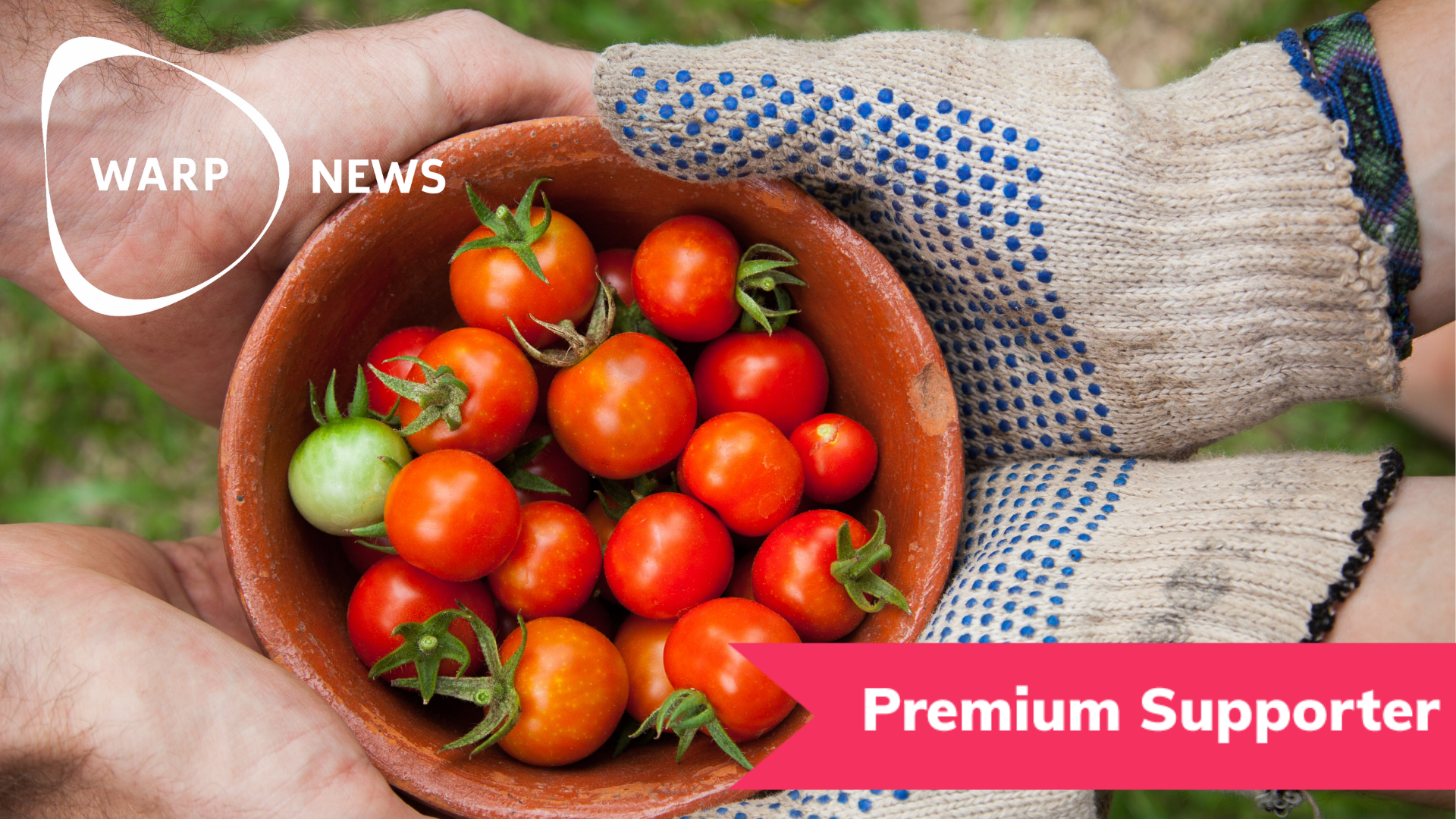
🌾 Intensive vanilla farming and biodiversity conservation
In Madagascar, scientists have found that vanilla farming helped boost the number of species found on land which was previously cleared for agricultural use.
Share this story!
Scientists say that thanks to rich countries' demand for the vanilla crop, both farmers and endangered species can profit, especially in Madagascar. According to new research, vanilla farms which operate in land that previously been cleared for agricultural use and crops such as rice have turned out to be a haven for different species. This also includes species native to Madagascar.
“The good news is that farmers do not have to clear land to achieve high yields. In fact, they can add value for biodiversity to fallow land by cultivating vanilla there,” said Annemarie Wurz, who led the research as a PhD student at Göttingen University in Germany to Anthropocene.
Get access to the innovations and be a part of the community that is impacting our future.
Subscribe for free and join the thousands of fact-based optimists who are impacting the world for a better future.
Madagascar, like many tropical islands, is a biodiversity hotspot and the combination of geographic isolation together with lush forests have resulted in species found nowhere else. These species include a variety of adorable lemurs, ornate orchids and tiny chameleons less than an inch long. Sadly, logging and slash-and-burn agriculture eats away at old-growth forests making these species suffer in its wake.
Due to this, Wurz together with her colleagues started to investigate if tree-dependent vanilla farming could offer a way for people to earn a living while also providing habitat for some of the island's non-human inhabitants.
In 2017 the research began. They selected 10 villages in northeast Madagascar where they had active vanilla farming and in each village they marked plots of land in fragments of forest with different criterias. The research team studied 70 different locations and at the sites they counted how many different species were found within a circle stretching two square kilometers. At the vanilla farms they tracked key indicators of vanilla production.
The data they collected surprised the scientists by showing that the overall biodiversity (the number of species) found at a vanilla operation didn’t decline in places that were farmed more intensely. This means that farmers can plant more vines and harvest more vanilla pods without harming the number of species living there.
This is where the vanilla crop differs from other tropical forest crops like for example coffee. The vanilla crop surprised the researcher by being just as large in farms with relatively dark, closed forest canopies. Thanks to the additional forest canopy cover, some species thrived. Anthropocene writes that even vanilla farms on land previously cleared to raise other crops offered enough tree coverage to attract more species than land simply left fallow. Nature Communications reports that compared to fallow land, these farms were home to 12% more species overall and 38% more species found only on the island.
“Promoting vanilla cultivation on fallow land is ecologically and economically significant,” said Ingo Grass, an ecologist at the University of Hohenheim who took part in the research. “This study illustrates possibilities for promoting and conserving biodiversity outside protected areas.”
The scientists working on the project called for efforts to guide more of the vanilla cultivation to land which has already been cleared for agriculture, as a way to boost species numbers and take some pressure away from surrounding forests. Besides helping nature, this will also enable farmers to make a living for themselves.
By becoming a premium supporter, you help in the creation and sharing of fact-based optimistic news all over the world.


